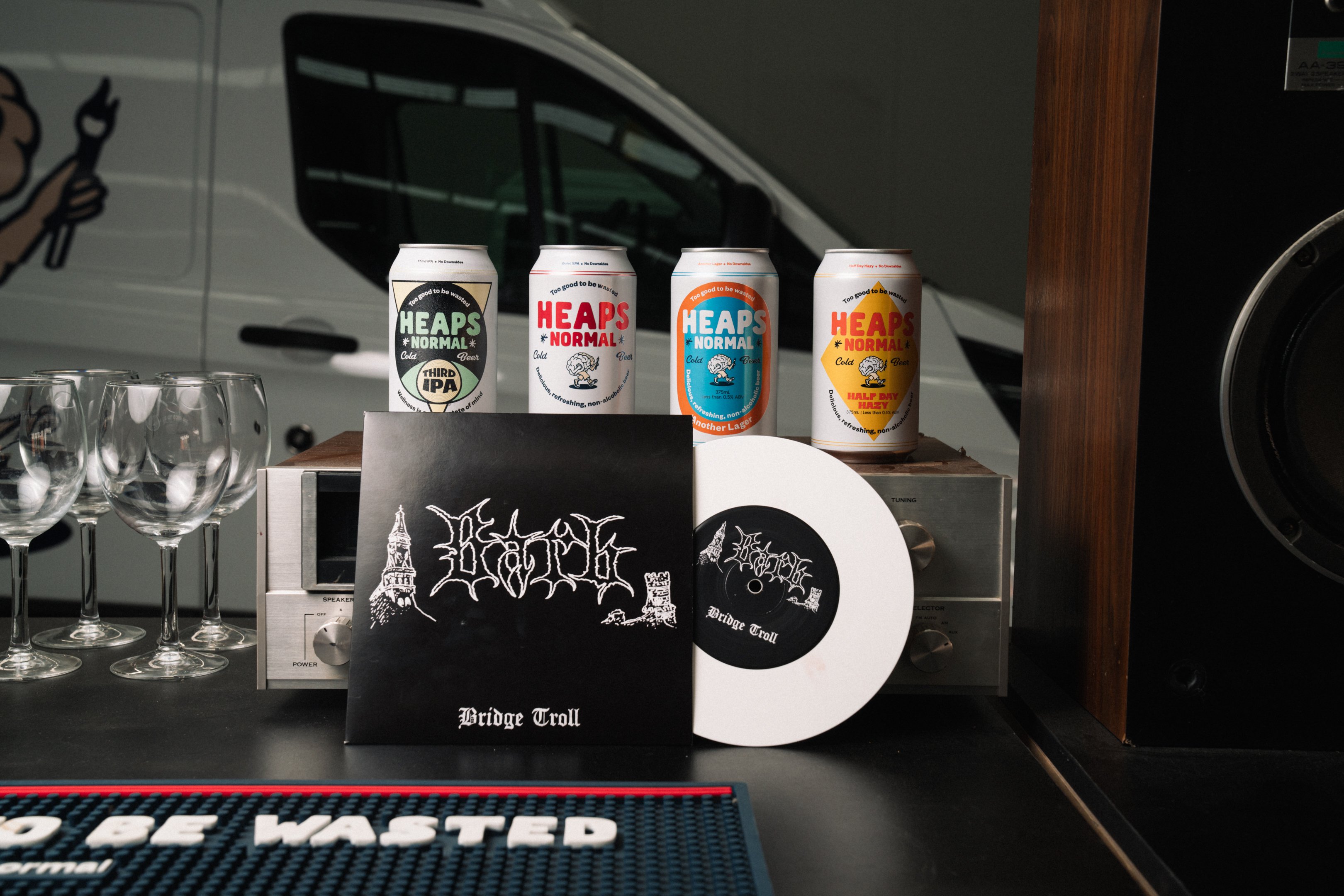The CommBank iQ Cost of Living Report shows Australians feeling the pressure from inflation, multiple interest rate rises, and rent increases are choosing to spend more on experiences over essentials.
The data, gathered from aggregated and de-identified payments made by seven million Commonwealth Bank Australia (CBA) customers, was used to track spending trends and analysed in collaboration with data science and artificial intelligence company Quantium.
Wade Tubman, Head of Innovation and Analytics at CommBank iQ, said analysing the data from Australia’s largest consumer payments data set reveals some surprising trends.
“Putting our expenditure under the microscope shows we’re responding to the increased cost of living in diverse and sometimes unexpected ways,” he said.
Discretionary spending grew sharply over 2022 and continued on the same trajectory in 2023. In the first quarter of this year, spending on travel and accommodation increased 39 per cent, eating out and delivery rose 8.5 per cent, and entertainment rose 10.8 per cent compared to the same period in 2022.
Tubman said the trend towards prioritising a higher share of wallet each month on experiences is a lagging effect of years spent dealing with pandemic-related lockdowns and restrictions.
“What we’re seeing is a COVID rebound effect; a continued desire even as late as March 2023 for consumers to catch up on the experiences that they missed out on during COVID,” he said.
Consumers are finding the money for discretionary spending by dipping into savings amassed during COVID or by reducing spending in other categories, such as furniture (down 11.6 per cent), petrol (down 5 per cent) and apparel (down 4.3 per cent).
Taking inflation into account, the contraction is even more marked and may be an indicator of further cost of living pressures and softening consumer demand, said Tubman.
“The cost of living pressure score has started to rapidly pick up since Christmas and certainly the trends are that financial pressure will continue to rise. The Reserve Bank’s decision to increase the cash rate by 0.25% to 3.85% on 2 May will add to these pressures,” he said.
While most economic data is based on national averages, the CommBank iQ Cost of Living Report analysed data by age, revealing that 30-34 year old and renters are feeling the bite of cost-of-living pressures most.
In real terms, 18-24 year olds have maintained their spending habits while over 35s annual spending has increased 7.7 per cent, almost double the 3.4 per cent increase in spending by those under 35.
Australians aged 25-29 show the most significant reduction in expenditure as many are typically moving out of home and seeking to establish themselves with rent and home ownership.
Stay up-to-date with the latest industry news with the Drinks Trade e-newsletter.
Share the content










